I6th Oct 2020; 9 : 55 AM – 11 : 20 AM
NB: Numbers are used to denote paragraphs because pictures make a paragraph seemed broken in two or more. 🙂
1Entering my sit-spot that day, I was startled by a yellow leave which fell from the mango tree right in front of me. I thought it was an animal. I had much relieve when I saw that it was a leave. I was also surprised at the number leaves that collectively fell from both the avocado tree and mango tree within 15 minutes. Some of them fell silently while others fell as though they were being plugged by an invisible hand. Different colors of green, yellow and brown were falling. This made me remember pigments once again.

After that, I was able to tune into a couple of features. I noticed that, the greater the intensity of wind, the greater the rate at which leaves fell from the trees. Also, the wind was blowing eastward unlike other times when it blew westward. Consequently, the green cassava plants downhill tilted towards the east. Another thing observed was that, the air was still when the sun was up. When the sun went down, the air was more mobile. Places were cooler when the air moved. It became warmer as the air was still. This recalls the concept of convection.
2I was excited to see white butterflies and colorful birds (like rainbows). Some orange butterflies were pollinating flowers in the west, beneath the avocado tree. A bee was also pollinating the same type of flower (orange stigma). There were flowers with white stigma but neither the bee nor the butterflies went to them despite their proximity to the orange-looking flowers. Their stigma were similar, so I would want to know why they were kind of isolated. If possible, I would like to know the species that would pollinate these.
3There was some auditory tuning even when I had not yet closed my eyes (during observation). I could hear on and off sounds of flies disturbing my ears. I also tuned in to bird sounds. There was a particular one which was loud, continuous and rhythmic. Shortly after it stopped, another one was heard distinctly. It resembled the former but it was sharper. Both seemed like a call and answer session. For illustration;
I imagined that the first sound could be, “Hello, who’s available?” and the second was a reply: “Here, let’s go.”
In paying much attention to the sounds and the things I was observing up in the air, I think I missed out on the happenings on my dear field floor. Well, I’m glad I saw a grasshopper skip. It jumped up and landed on the grass again, producing an audible sound.
In the course of the auditory tuning proper, I could get very distant cock crows. I also tuned in to the sound of the wind. It was a quiet sound, almost indescribable. I could feel the vibration of air molecules. I got another special bird song. This time around, it went thus: “uh-uh, uh-uh-uh, uh-uh …”
4There is a special oxblood plant whose identity I did not know. With a good picture and Inaturalist’s help, I got its name. It is called a variegated croton with the scientific name; Codiaeum variegatum. It is from the family; Euphorbiaceae. I discovered that it can display different colors like yellow and orange. It is most colorful in bright and indirect light. Direct sunlight makes it look dull. Little wonder, its position in my sit-spot is not one where it is exposed to direct sun rays.

Another species I’ve learned about is the yellow-bellied flycatcher (Empidonax flaviventris) from the family of Tyrannidae. What it finds pleasure in doing is fly-catching around shrubs and native trees. That’s the exact description of where I saw it. I think I understand why its flying pattern was different from other birds, it was surely browsing for flies. Its beak is best adapted for eating flies. I now know who the predator of flies in my sit-spot is. It’s sad to know that they are referred to as tyrants. They look so cute.
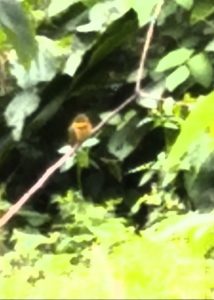
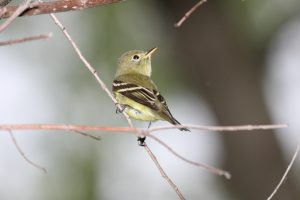
5I was curious about the butterfly I saw carrying out pollination. It is called a garden acraea and its scientific name is Acraea horta. Its family name is Nymphalidae. They are a frequent visitors to gardens, and they bask on flowers in the dappled sun. They are active most of the year, although it’s most abundant from October to April. This should be a reason why this was my first time seeing them. This month is one of their months of activity. They are found in South Africa and Zimbabwe – and Cameroon because I saw them.
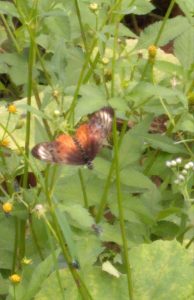
Having information like these help me to be more engaged because I would make connections between them and the things I see. For things I don’t know I would be pushed to use a similar process to be well-informed.
6This exercise as a whole was an adventure because it was filled with discoveries. I had no idea how many and how frequently butterflies and other pollinators where present in my sit-spot. I got to see that it was not only the garden acraea that pollinated, the white ones (cabbage butterfly) did same. I had thought that they were just roaming butterflies not having a well-define role in my sit-spot. They were more like immigrants because I had not been seeing them. I was shocked to realize that the contrary was the case.
This trip gave me more awareness as I was so much involved. I’m fulfilled to have focused on the mango tree trunk. It was something I had never done before. Things like the spirogyra, the peeling-off skin of the trunk and the alien plants which attached to it, were all interesting to behold.
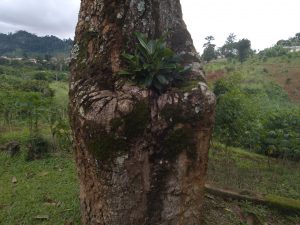
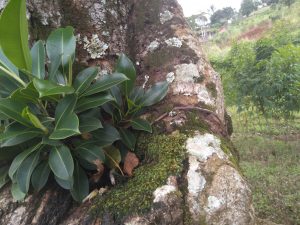
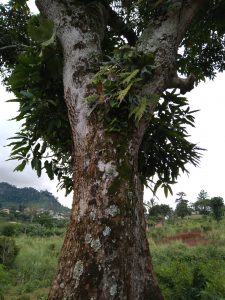
The experience was diversified. I felt saturated with nature.
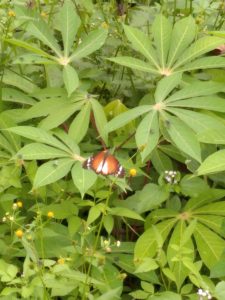
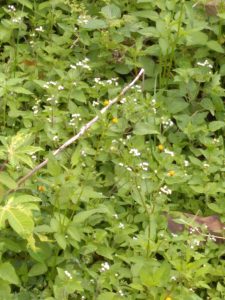

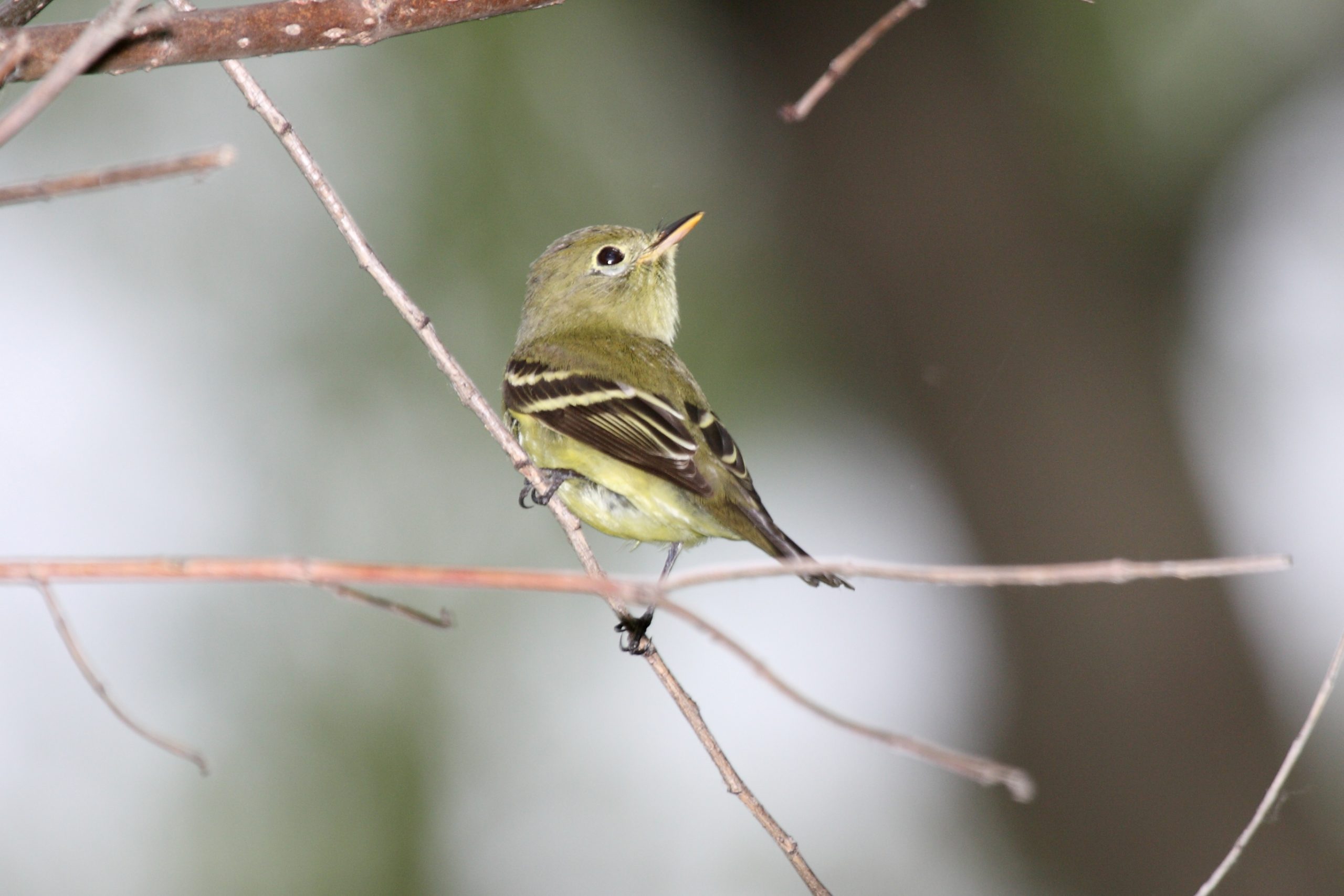
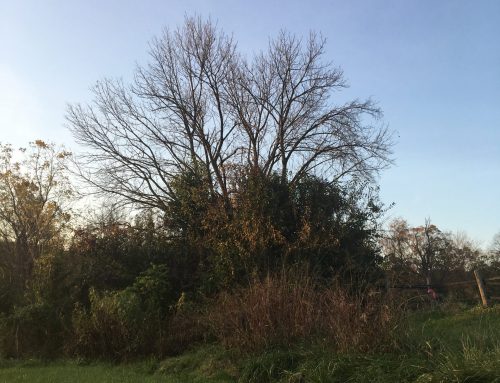
Hey Sheki! Great job. 🙂 🙂 🙂 🙂 🙂
Your sit spot looks amazing! I love your video of the butterfly pollinating the flower. Awesome that you were able to capture that. 🙂
Flies can be pesk! I’m glad we have a bird-like the yellow-bellied flycatcher (Empidonax flaviventris) to keep them in check! Also, do you know the name of the plants ( the alien plants) that are attached to the mango tree?
No, I don’t but with the new development (Inaturalist) I can check it out. Thanks for that idea. 🙂 🙂 🙂
Hi Sheki, it is so cool that you got to see the butterfly and bee pollinating the flowers! The yellow-bellied flycatcher you identified looks really cute. I am glad that you have been making discoveries around your sit spot, and I hope you get to see much more of it and share it with us 🙂
I want to be near mango trees and avocado trees! I totally agree with you, having more knowledge helps to connect better. I enjoyed reading your blog, Sheki!
Great blog post Sheki – I loved the butterfly videos and the snatches of sound from your sit spot! Great observations and thoughts!